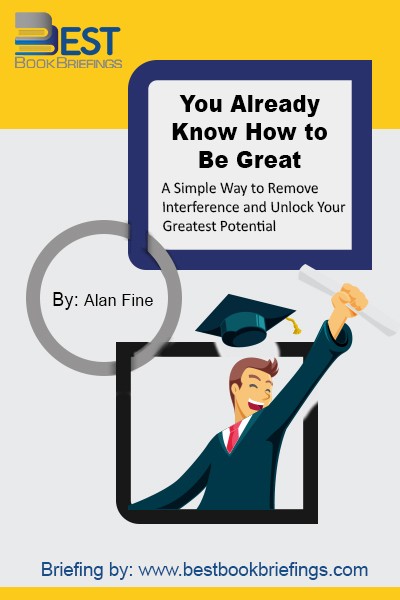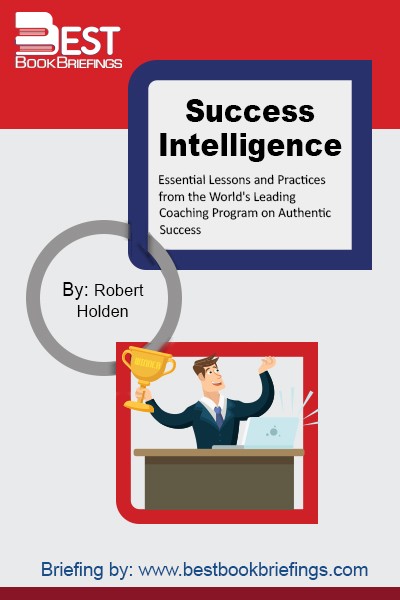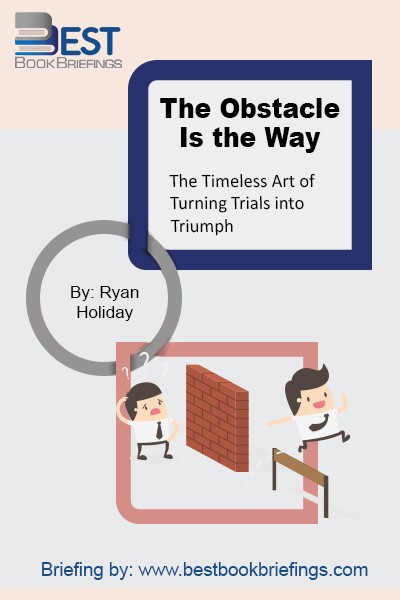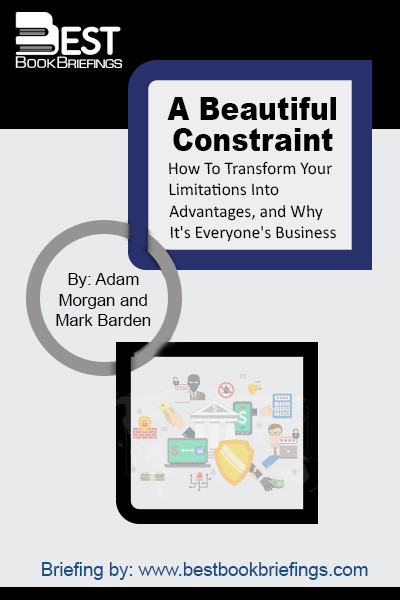A Beautiful Constraint
How To Transform Your Limitations Into Advantages, and Why It's Everyone's Business
Editorial Review
A Beautiful Constraint: How to Transform Your Limitations Into Advantages And Why It's Everyone's Business Now is a book about everyday, practical inventiveness, designed for the constrained times in which we live. It describes how to take the kinds of issues that all of us face today—lack of time, money, resources, attention, know-how—and see in them the opportunity for transformation of oneself and one's organization's fortunes. The ideas in the book are based on the authors' extensive work as business consultants, and are brought to life in 35 personal interviews from such varied sources as Nike, IKEA, Unilever, the U.S. Navy, Formula One racecar engineers, public school teachers in California, and barley farmers in South Africa. Underpinned by scientific research into the psychology of breakthrough, the book is a practical handbook full of tools and tips for how to make more from less. Beautifully designed and accessible, A Beautiful Constraint will appeal beyond its core business audience to anyone who needs to find the opportunity in constraint.
Book Reviews
Books on Related Topics

A bold new approach to performance by one of the top coaches in the country. In trying to improve-on the playing field, in the office, or even at home-most people seek out new information to get to the next level. They read a book, attend a class, or hire an

There are so many apparently intelligent people chasing success in the most foolhardy manner. They are manic, hyper and busy to the point of distraction. They might have gotten A’s for effort, but not for intelligence. We live in a “Success Culture”. Many people pursue success as a primary goal in

In the year 170, at night in his tent on the front lines of the war in Germania, Marcus Aurelius, the emperor of the Roman Empire, sat down to write to himself, for himself. He wrote only one paragraph, but it is more than enough for us: Our actions may be



